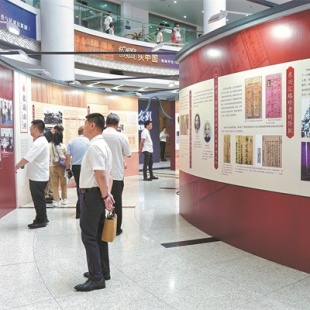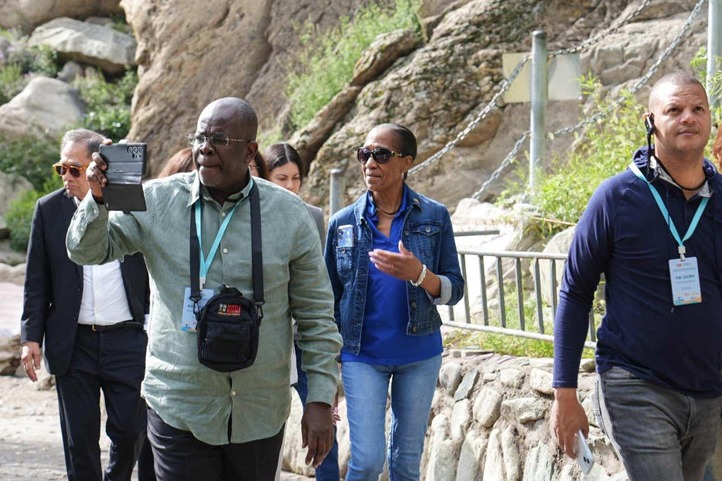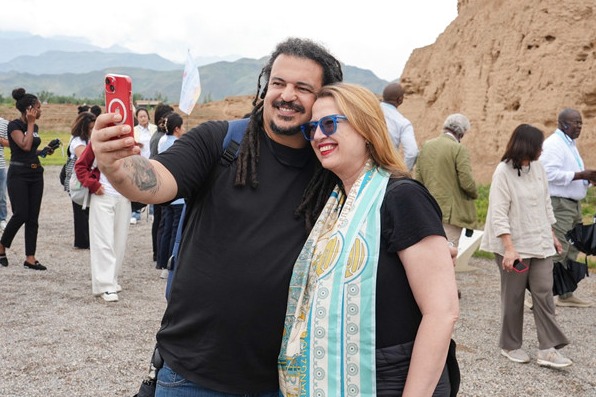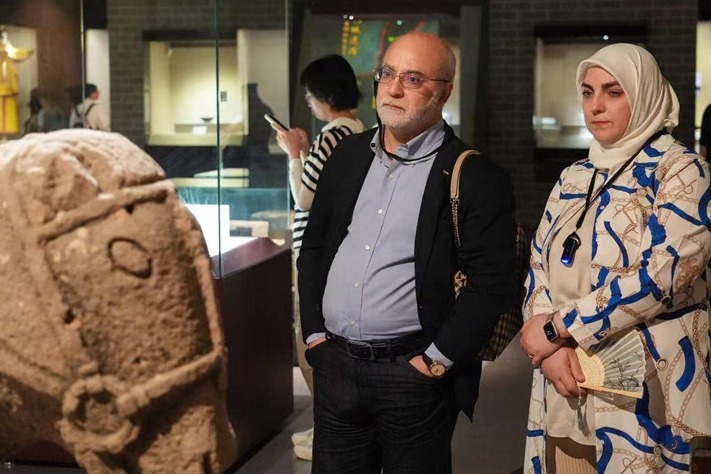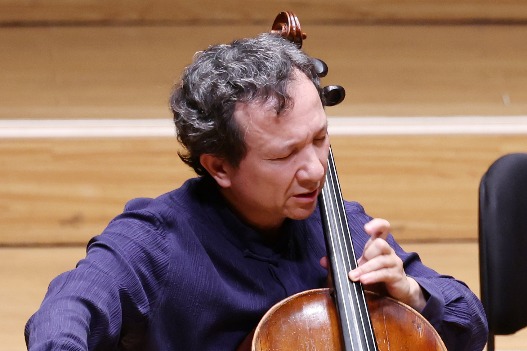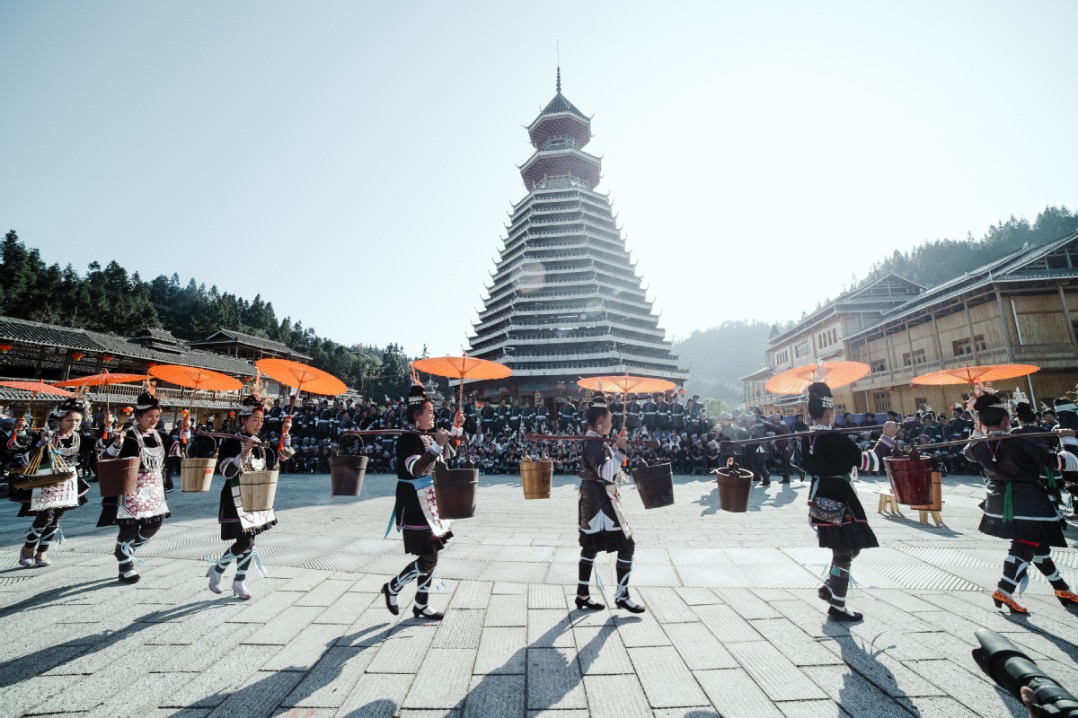Overseas letters of support reveal passionate, enduring patriotic bond

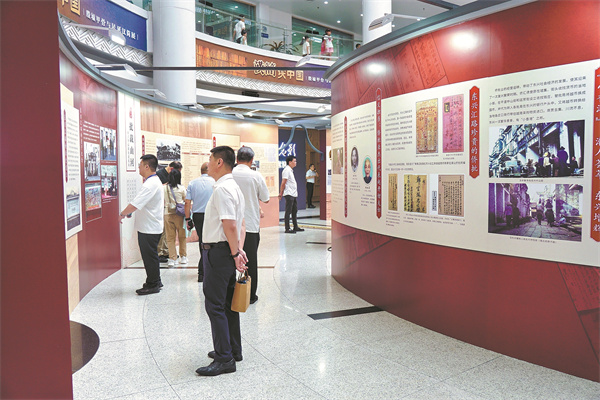
During wartime, letters of support from overseas Chinese communities carried more than words of comfort — they embodied a nation's strength and determination to resist invaders.
An exhibition displaying such letters, called qiaopi, is being held in Shantou, Guangdong province, through to the end of September, marking the 80th anniversary of victory in the Chinese People's War of Resistance Against Japanese Aggression (1931-45) and the World Anti-Fascist War. Held at Shantou Museum, the exhibition titled Letters in Wartime, Attachments to Homeland also highlights the role of the Dongxing remittance route, a financial lifeline during those turbulent years.
Qiaopi, a unique form of correspondence, served as both a letter and money transfers by overseas Chinese people to their families in the provinces of Guangdong and Fujian in the 19th and 20th centuries. These missives often included account books and remittance receipts.
At that time, for countless emigrants, particularly those from Guangdong and Fujian, qiaopi became the primary means of supporting loved ones back home while sharing news, affection and the hope of reunion.
The exhibition sheds light on the vast number of overseas Chinese in North America and Southeast Asia who relied on the secret Dongxing remittance route to send money and related supplies back home to support the war against Japanese aggression.
Chen Jieying, vice-chairperson of All-China Federation of Returned Overseas Chinese, says qiaopi letters are not only vivid pieces of family memory, but also an epic that condenses the history of struggle and patriotism of Chinese who lived abroad.
The Dongxing remittance route which passed through Mong Cai in Vietnam and Dongxing in Guangxi Zhuang autonomous region emerged after the Pacific War broke out and disrupted traditional remittance channels.
Cai Chiyu, vice-chairman of the Shantou Federation of Returned Overseas Chinese, says the Shantou exhibition showcases the devotion of overseas Chinese to their homeland through a selection of cultural relics, historical photos and archives.
In particular, it highlights the magnificent feat of overseas Chinese breaking blockades to open up a financial lifeline, with Dongxing as a hub of resistance.
"As organizers, we hope this event allows more people to understand the historical contributions of overseas Chinese, learn from their patriotism and inherit their spirit of integrity," Cai says.
Before the Pacific War, most remittances and supplies were routed through Southeast Asia — including Thailand and Malaysia — and then on to British-ruled Hong Kong. The Dongxing remittance route ensured that funds and essential supplies continued to flow, bypassing the blockades imposed by the war.


